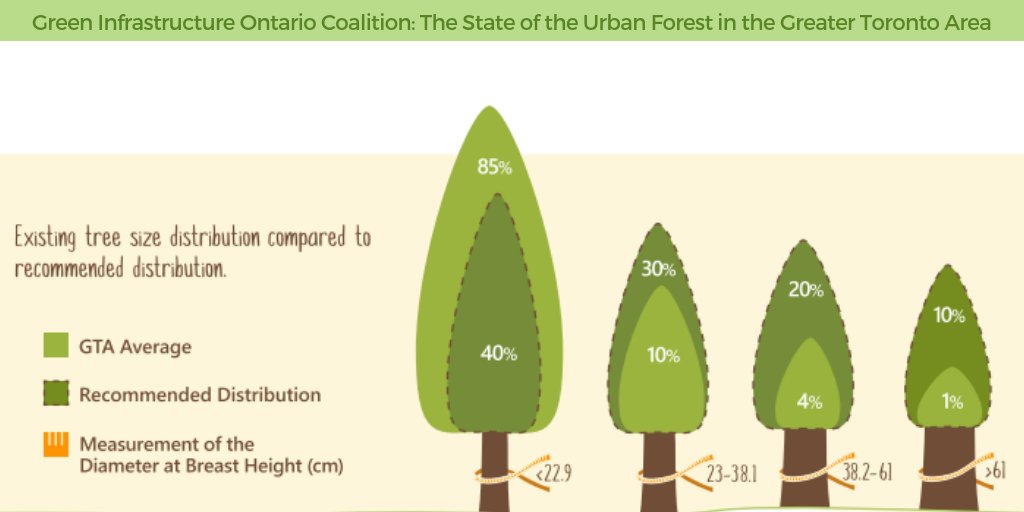The Ecological Benefits Of Stump Grinding: A Sustainable Strategy To Land Management
The Ecological Benefits Of Stump Grinding: A Sustainable Strategy To Land Management
Blog Article
Post Created By-
When it pertains to land management, have you thought about the lasting benefits of stump grinding? By addressing the remnants left after tree elimination, this practice not only help in dirt health improvement however also plays an important role in avoiding disintegration and supporting biodiversity. The ecological advantages of stump grinding expand far beyond simple looks, offering a lasting solution that harmonizes with nature's intricate systems.
Dirt Health Enhancement
Seeking to boost the high quality of your soil? Stump grinding can be a game-changer for improving soil wellness on your residential or commercial property. By removing old tree stumps, you're producing space for new growth and permitting essential nutrients to return to the dirt.
As the stumps break down in time, they release raw material, improving the dirt and advertising better plant growth.
Furthermore, quality tree service grinding assists to freshen the soil, enabling much better water seepage and root growth. Compressed soil can impede plant development and water absorption, yet by grinding stumps, you're loosening the dirt and producing a healthier environment for your plants.
Additionally, stump grinding can likewise help to stop insect invasions and illness that old stumps might attract. By eliminating these prospective dangers, you're producing a more secure and a lot more effective landscape.
Erosion Prevention
To avoid dirt erosion efficiently, stump grinding plays an essential role in preserving the security and integrity of your land. By removing unsightly stumps from your residential property, you're likewise lowering the danger of erosion caused by water overflow. Stump grinding removes obstacles that can interrupt the natural circulation of water throughout your land, avoiding soil disintegration while doing so.
When stumps are left unblemished, they can act as barriers to water circulation, creating soil to remove during heavy rainfalls. This disintegration not only harms your land yet also adds to sedimentation in close-by water bodies, harming aquatic communities.
Stump grinding aids to avoid these issues by leveling the ground and promoting appropriate drain, minimizing the probability of erosion.
Biodiversity Assistance
Keeping healthy and balanced biodiversity on your land is important for producing a prospering ecological community. By using stump grinding as a lasting land management practice, you can considerably support biodiversity.
Stump grinding aids advertise biodiversity by developing brand-new environments for numerous plant and pet varieties. Highly recommended Website of stumps permits the regrowth of native greenery, which subsequently brings in a diverse range of wild animals. Pests, birds, and tiny animals flourish in these newly accessible locations, contributing to the overall biodiversity of your land.
In addition, stump grinding aids protect against the spread of conditions and bugs that can hurt plant species, thus protecting the environmental balance on your building. By eliminating old stumps, you create room for new plant growth, which boosts the overall wellness of the ecological community.
This much healthier setting supports a bigger variety of species, promoting biodiversity and producing a much more durable environment in the long-term. Embracing stump grinding as part of your land management technique can have enduring favorable impacts on the biodiversity of your land.
Conclusion
By using stump grinding as a lasting method to land management, you can improve dirt wellness, protect against erosion, and assistance biodiversity. This eco-friendly approach not just profits the ecosystem yet likewise advertises the development of plant life and produces habitats for different plant and animal types. Make a favorable influence on the setting by integrating stump grinding into your land management practices.
